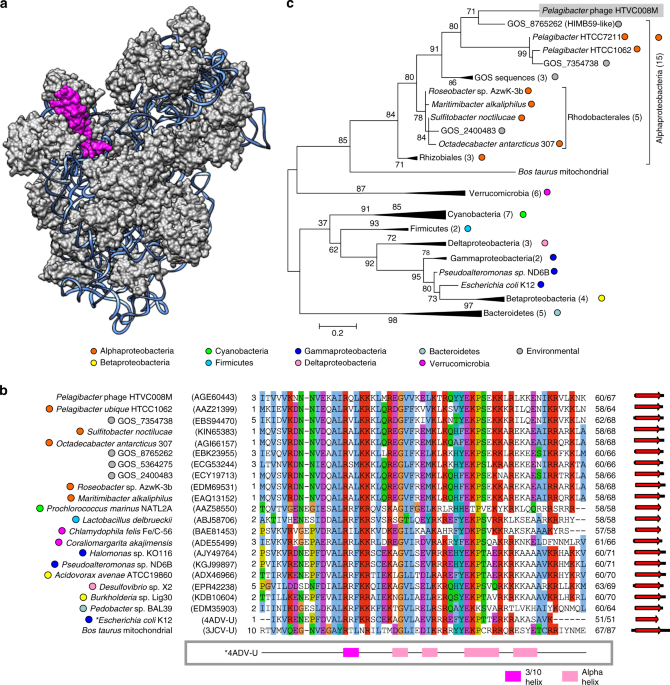Introduction
Anhydrides are widely used as cross-linking agents in epoxy resins and alkyd production, for example, as coatings and adhesives in plastic products. Sensitisation to several anhydrides is known to cause occupational asthma. There are indications that the lesser known pyromellitic dianhydride (PMDA) can cause irritative respiratory symptoms and possibly asthma. We report three cases of workers from a plastic foil manufacturing plant, who developed asthma when exposed to PMDA during specific inhalation challenge (SIC).
MethodsSIC was performed over 2 days according to recommendations of European Respiratory Society. Lactose powder was used in control challenges and a mixture of 10% PMDA and 90% lactose powder in active challenges.
ResultsAll cases experienced a delayed decrease in forced expiratory flow in 1 s (FEV1) 4–12 hours after active challenge. FEV1 decreased by 19%, 15% and 16%, respectively. After 21 hours, FEV1 decreased by 24% in one worker.
DiscussionRespiratory symptoms after working hours may represent delayed work-related asthma. During SIC, the three patients developed lower respiratory symptoms and a delayed decrease in FEV1 which suggest sensitisation. The mechanism of anhydride-related asthma is not well understood. Anhydrides are known irritants and hence an irritative response cannot be excluded. The company improved ventilation and enforced the use of respiratory protection equipment, and finally phased out PMDA. Occupational workplace risk identification may help to identify exposures. SIC can contribute to improving working conditions, by identifying and confirming asthmogens in the environment.
from A via a.sfakia on Inoreader http://bit.ly/2GLLsAX
















